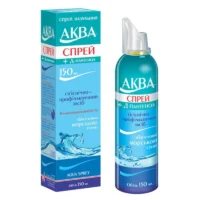Description
Signicef (Levofloxacin) Eye Drops 0.5%, 5 ml Vial
Ingredients
- Active ingredient: Levofloxacin 0.5%
- Other ingredients: Benzalkonium chloride, sodium chloride, sodium hydroxide, and water for injection
Dosage
Dosage: Instill 1 to 2 drops into the affected eye(s) every 2 hours for the first 2 days, then 4 times daily for the next 5 days. Avoid touching the dropper tip to prevent contamination.
Indications
Indications: Signicef eye drops are used to treat bacterial conjunctivitis caused by susceptible microorganisms.
Contraindications
Contraindications: Avoid use in patients with a history of hypersensitivity to levofloxacin or other quinolones.
Directions
Directions: Before use, wash hands. Tilt the head back, pull down the lower eyelid, and instill the prescribed drops. Close the eye for a few minutes for absorption.
Scientific Evidence
Levofloxacin, the active ingredient in Signicef eye drops, is a fluoroquinolone antibiotic that inhibits bacterial DNA gyrase, disrupting DNA replication and transcription, effectively treating bacterial conjunctivitis.
Additional Information
- Store Signicef eye drops at room temperature, avoiding moisture and heat. Do not freeze.
- Remove contact lenses before application; reinsert them 15 minutes after administration.
Pharmacological Effects: Levofloxacin acts by interfering with bacterial DNA replication enzymes, leading to cell death, making it effective against various bacteria.
Clinical Trials: Studies have shown the efficacy of levofloxacin in bacterial conjunctivitis treatment, with rapid symptom relief and pathogen eradication. Comparative trials have demonstrated its superiority over other common ophthalmic antibiotics.




